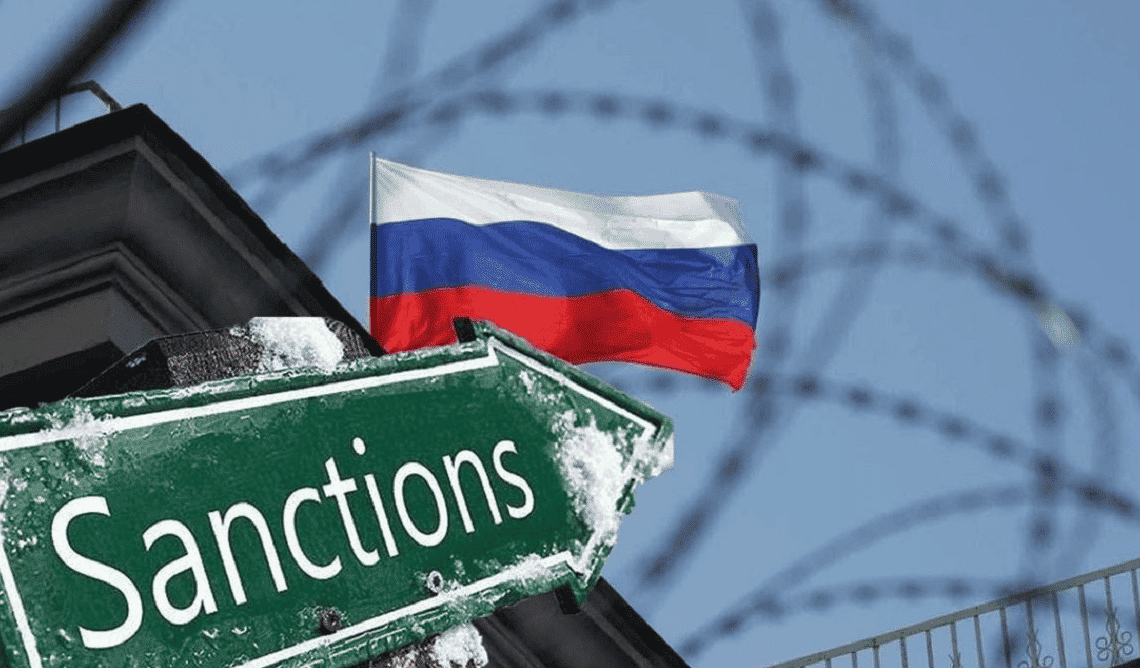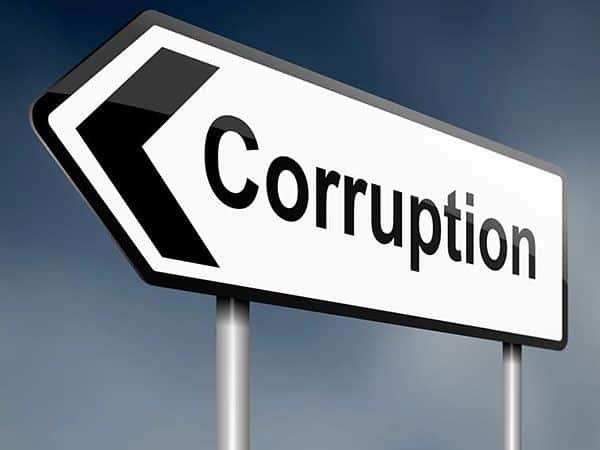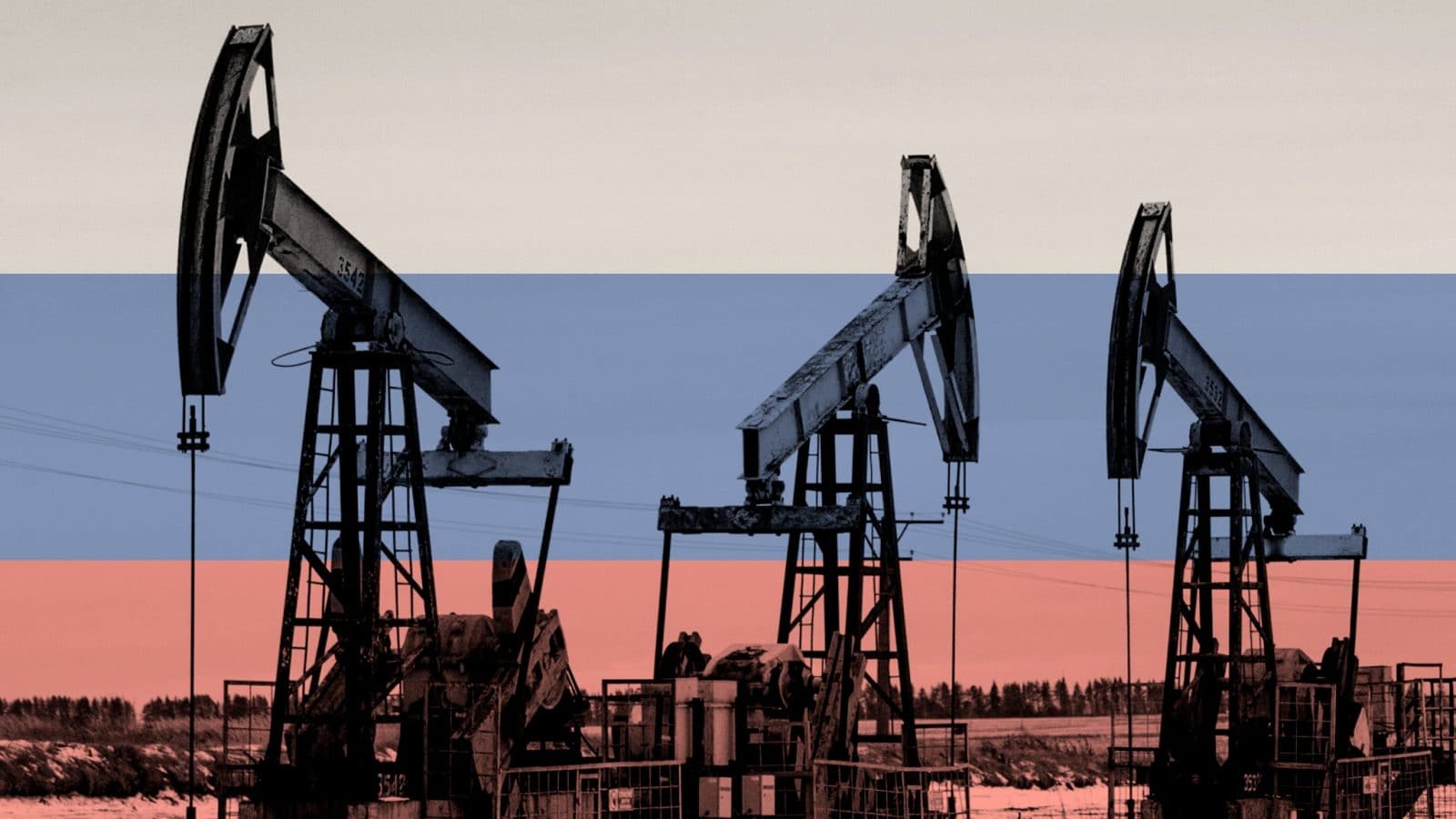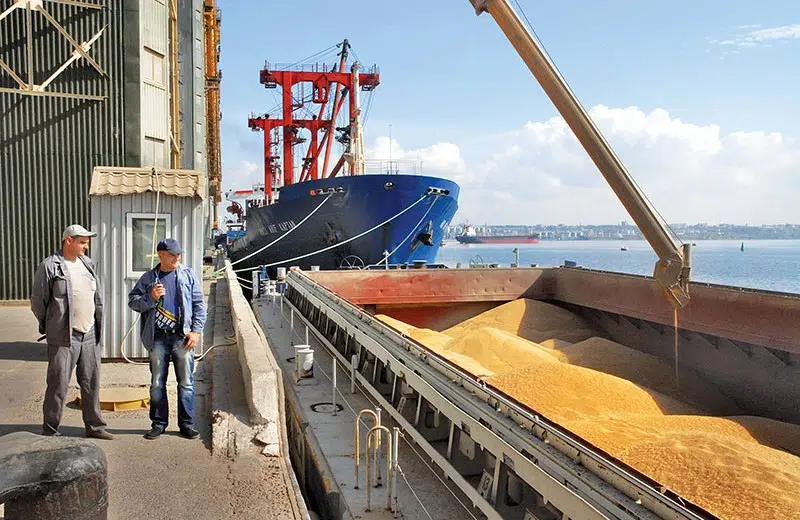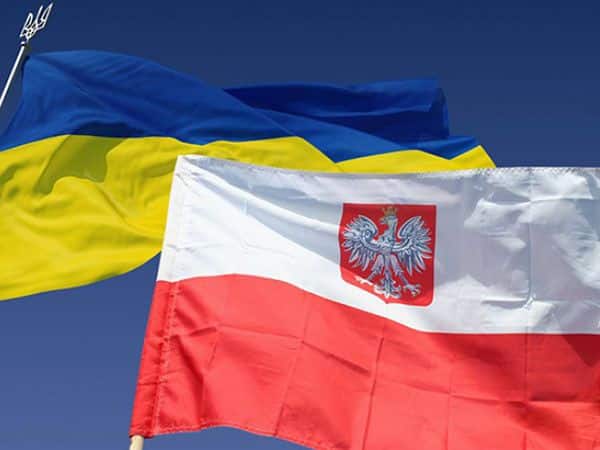Table of Contents
The impact of reduced gas production and demand
The idea of exporting scarce gas during wartime, which is floating somewhere in the Ministry of Energy, the financial and energy committees of the parliament, seems strange at first glance. And on second glance as well. However, there is undoubtedly some logic to it. Sometimes it makes sense to invest not so much in the present as in the future.
In the first year of full-scale Russian invasion, the decline in gas production in Ukraine was not catastrophic. A decrease of 6%, or 1.3 billion cubic meters, under those circumstances, is tolerable. Especially considering that the majority of production comes from the eastern part of the country, where some areas are under occupation or in the counteroffensive zone of the Armed Forces of Ukraine. Moreover, the missile strikes at gas distribution stations did not improve the situation either. But the people coped with it.
There was a sharp drop in demand. While the population reduced gas consumption by 10-12%, the industrial sector reduced it by 40%, and in some months, by almost half. As a result, there was simply no one to sell a portion of the gas to. Private gas production, which traditionally works with the industry, suffered the most. One-third of the gas it produced had no demand, and it was simply sent to underground storage facilities. By spring, 1.6 billion cubic meters of private gas ended up in those storage facilities.
Challenges faced by private gas production companies
On one hand, during winter, this created a certain insurance reserve that, fortunately, was not needed. On the other hand, it led to resource deadening and a decrease in incentives for production.
For the sake of complete happiness, the price of such gas for taxation was calculated based on the then level, but now it has sharply dropped. And although consumers are unlikely to sympathize with the woes of gas production companies, for the latter, it is indeed a problem: there are no sales, and there are few incentives to extract gas if there is nowhere to send it. Moreover, the deposits of private companies are still noticeably more challenging than those of state-owned companies. The gas in their reserves lies at great depths, making its extraction more expensive and troublesome.
Ironically, DTEK (the largest private investor in the energy industry in Ukraine), owned by Rinat Akhmetov, suffered the most. They did not decrease their production in 2022, raising the same 2 billion cubic meters as the previous year. However, almost half of it remained unused and went into storage. The metallurgical industry, which used to receive significant volumes of gas, was practically at a standstill (with a decrease of seven to eight times). The company extracts gas from a depth of six kilometers (a depth rarely seen in gas extraction in Europe), and drilling is a constant necessity. There is a risk that gas production will also decline this year.
Disagreements over gas export pricing
Meanwhile, the country’s gas balance is very tight, and at best we will reach zero in 2023. And a decrease in private production by even 400-500 million cubic meters will lead to the need to buy it somewhere. And while the state receives taxes from Ukrainian production, imports are net expenses.
In theory, everyone understands this, but in practice, as is often the case, it is more complicated. Earlier, there were certain agreements that after the end of winter, part of the gas (up to half of the reserves in the underground storage facilities) could be sold for export, but with obligations to invest in production. However, the issue has stalled. The parties clearly disagree on the price. Naftogaz would like an export price 20-25% lower than in Europe, while private companies see a lower level of discount.
One of the officials ZN.UA (Ukrainian news website) spoke with recalls that a few years ago, private companies’ production volumes were comparable to the current ones after the recession, and they could only dream of the current level of gas prices. They say they shouldn’t be greedy. That’s right, of course. But then they would not have dreamt of the current level of bank rates and counterparty risks, for example, even in a bad dream.
There is no point in talking about the whiteness and fluffiness of all private entrepreneurs, and there is no point in smearing them all with soot. Both will have to move towards each other.
The “Argentine” option was also considered when gas is put on the exchange and the unsold balance is exported. Actually, there are plenty of options, the question is the willingness of the parties. But while they are bargaining, time is running out.
The country’s latest (fifth) Energy Strategy has recently been published, with measures sometimes outlined up to 2050. The attitude to it is extremely ironic — the forecasts until the middle of the century were written by people who have little idea what will happen not only in six months but also by the evening. In general, it turned out to be a solid utilization of the British grant, which is something we can do.
However, the paper also contains a certain “amount of wool”: it highlights expectations for production and demand for the next two to three years. For example, consumption is not expected to recover to the “pre-war” level (26.8 billion cubic meters) at all — it will be somewhere around 22-23 billion.
Forecasts and expectations for future gas production and consumption
Consumption is expected to grow by 0.4 billion cubic meters this year, compared to 19.5 billion cubic meters last year. The next year’s growth is optimistically expected to be twice as high. In just two years, it will be plus 1.2 billion cubic meters. At the same time, Naftogaz of Ukraine is unlikely to be able to increase production by that much. That is, expectations include a share of private production. By the way, the private sector was not involved in the development of the new project at all. They were just remembered.
Expecting significant growth from state-owned companies… Well, we can probably expect it. The question is: how long to wait? So far, it has been difficult. The epoch-making program to increase gas production by 2020 ended in a quiet failure with a drop in the volume of gas produced.
It is probably not worth spoiling again the return regime of several fields, which UkrGasVydobuvannya (the largest Ukrainian gas producer) “entertained” during this period. In the last five years, the increase was ensured precisely due to the growth of private gas production.
Meanwhile, according to forecasts, in 2023 it may drop to 4 billion cubic meters, and in 2020 it was 5 billion. Buying the missing gas abroad, no matter what you do, no matter what strategy you write, is more expensive. This is worth remembering.
So, while the government is bargaining for a percentage discount, it risks losing the producers, their taxes, and the opportunity to buy Ukrainian gas at a cheaper price in the future. No one has a magic wand to solve complex issues, but it’s not a big deal to chop wood. But it will be more difficult to heat with it. There is a risk of suffering monetary losses.
Originally posted by Ihor Maskalevych on Zn.ua. Translated and edited by the UaPosition – Ukrainian news and analytics website
See also: “Ukraine’s losses will amount to trillions of dollars” — economist on the consequences of the war

